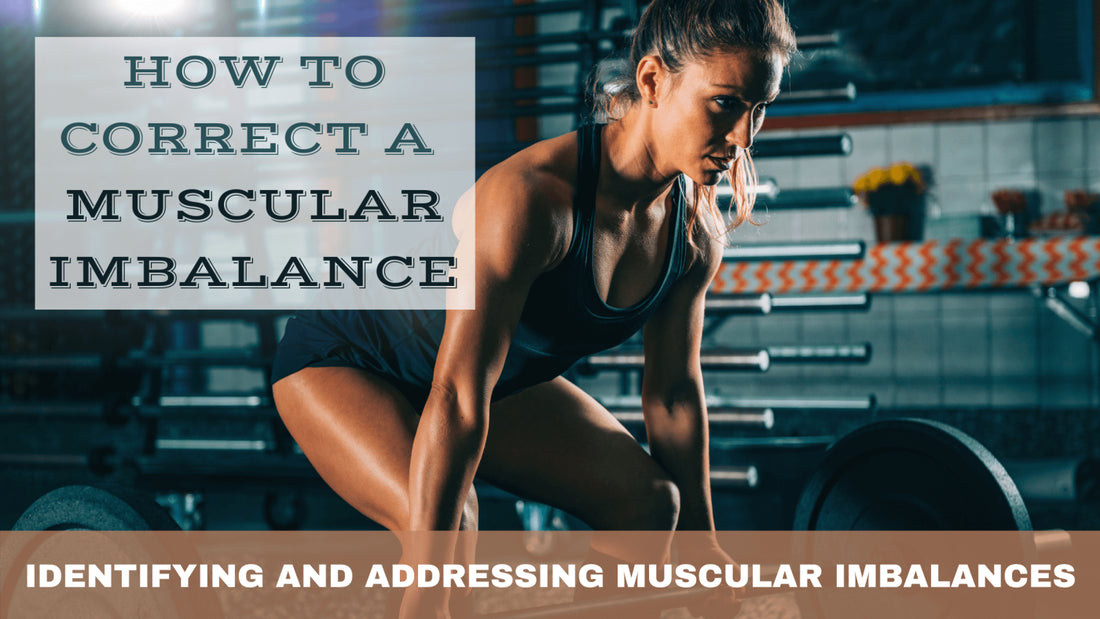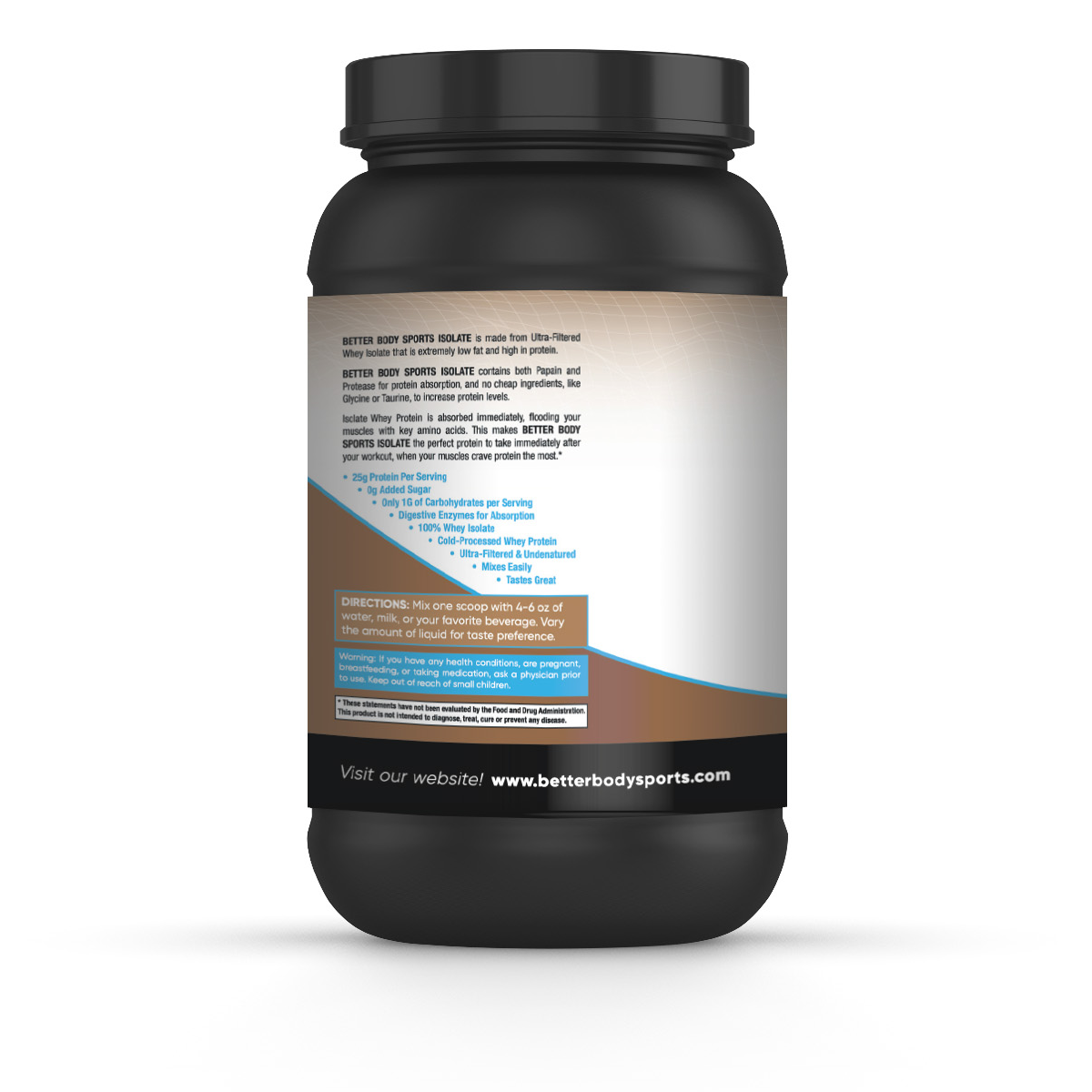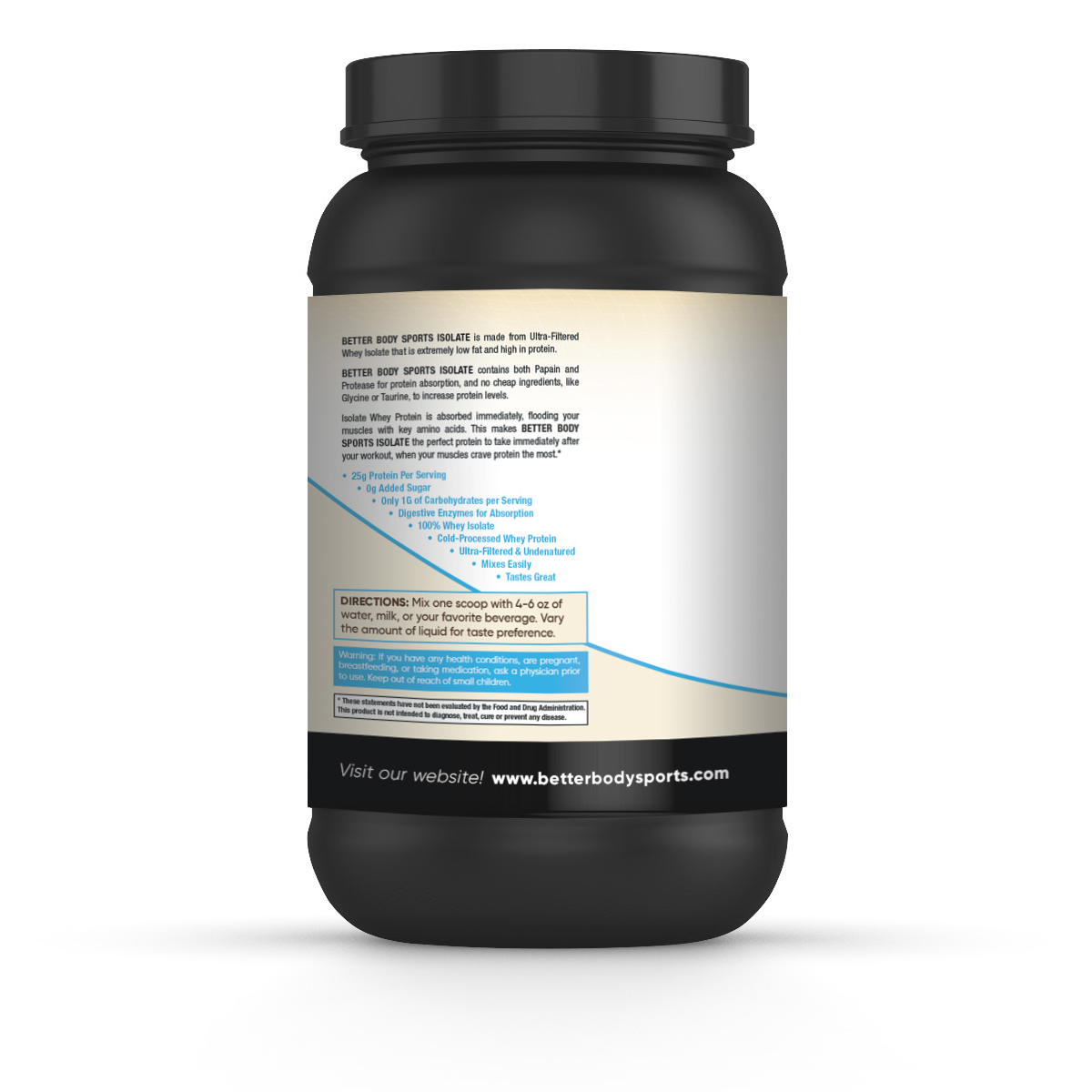
Correcting a Muscular Imbalance
Share
Resistance exercise is a prescription that works many purposes including lowering stress, weight management, and cardiovascular health. Resistance exercise can also help improve health by correcting a biomechanical muscle imbalance.
What Causes a Muscular Imbalance?
Rarely do we wake up to a muscular imbalance created without something we have done to cause it. Muscular imbalances are repeated actions over time causing our bodies to develop excessive strength in one portion of the body or weakness in another. The muscular imbalance seems harmless at first, but over time, it creates problems for our health and wellbeing.
Lifestyle: The way we go about our daily life can have a long term effect on our muscular system. Excessive sitting, poor sleeping and choice of shoes are just a few reasons we may have a muscle stronger than its opposing muscle.
Physical Activity: The type of physical activity we regularly engage in can also create a muscle imbalance. Many sports require one side of the body more than the other. These sports may also require one muscle more than the other.
The Problem That a Muscular Imbalance Creates
Being in a less than ideal stationary position or following a one direction movement pattern creates several problems in our body that create pain and reduce performance.
No “Body” is Proportioned Perfectly
Before discussing the ways we improve our muscle balance, we should note that no matter the amount of effort we give, our body will always differ slightly from side to side.
We see this with those who have one leg shorter than the other, but it isn’t an isolated condition. Each of us has slightly different bone length, muscle size, and muscle fiber type distribution that differ from the next person.
Tight Muscles or Weak Muscles
Another important issue is first identifying if you truly have a muscular imbalance. Biometrical muscle testing is one way that you can determine this, but it isn’t a resource available to all people. Having a general idea of the muscles strength through isolation exercise is a more practical way to determine the strength/weakness of a muscle.
If you determine that you have a muscular balance but still suffer from poor posture in that specific area, you may experience the symptoms of tight muscles.
An example is in those who have rolled shoulders. Often, it is tightness in the pectoral muscles that creates improper posture which can lead to hypertension, shortness of breath, and headaches. While it may appear that the upper back needs to be strengthened, it is actually mobility drills, stretching, and massage techniques that solve this issue.
Common Types of Muscular Imbalances
While there is always the chance of a unique situation, a few types of muscular imbalances make up most of what people experience. The common forms of a muscular imbalance occur along the three planes of the body, which include:
- The frontal plane which separates the front and back of the body.
- The sagittal plane, which separates the left and right parts of the body.
- The Transverse plane which separates the top and bottom from the midpoint of the body.
Frontal Plane Muscular Imbalances
These are the most common of the muscular imbalances and occur because of our lifestyle decisions. Common examples include weak hamstrings, glutes, back, and deltoid muscles. Excessive sitting, forward moving sports, or choosing to prioritize exercises that develop what we see in the mirror may cause this.
Having an issue where the opposing muscle is weaker disturbs our daily functional movements. It can create problems for areas of the body that are prone to injury, such as the hip flexor and rotator cuff.
Sagittal Plane Muscular Imbalances
Sports such as golf and soccer prioritize one side of the body to produce power. The constant force put on this side of the body creates an imbalance between the dominant and non-dominant leg.
On a smaller scale, we experience this in our daily lives. Choosing the dominant arm for lifting household objects or holding children can lead to the development of muscles on the chosen side of the body.
Transverse Plane Muscular Imbalances
You may have seen a joke on social media showcasing a buff guy with no legs. While these extremes are not common, a muscular imbalance in the upper and lower body is a common issue. It is rare to see someone whose legs are more developed than their upper body.
Having a heavy upper body with weaker legs can create problems with posture and may even cause chronic pain on hips, knees, and feet.
How to Correct a Muscular Imbalance
Each muscular imbalance requires its own specific corrective exercise program, but there are commonalities that apply across the range of potential issues.
Reducing Muscle Tension
The first step to creating muscular balance is getting the muscle to return to a full range of motion. It is difficult to strengthen a weak muscle if you cannot reach a peak stretch and contraction during an exercise.
With weak glutes, we often find them with tight quadriceps and hip flexors. If your hips and quads are bound tight, it will be impossible to reach a full glute contraction.
Breaking up the tissue, along with mobility drills and stretching, is the most effective way to return to a full range of motion.
Prioritizing the Muscle Group
Once you have loosened the tight muscle groups, you will structure your workout routine in a way that prioritizes the weak muscle groups. Even if the quadriceps are a larger muscle group than the hamstrings, it makes sense to put the hamstrings first in a workout program. Alternatively, you can give the weaker muscle group an entire workout so that it gets the attention it needs.
More Sets and Reps
While you might enjoy bench press movements, if your upper back is weaker than your chest, it needs more sets and reps. When creating your workout routine, be sure to give more volume (sets x reps) to the muscle groups that need it. For example, you might designate 12 sets for your hamstring and glute muscles while limiting your quadriceps to 3 sets.
Perform Unilateral Exercises
Unilateral exercises should be in every workout program, but they are especially important for those who have an overdeveloped side of the body. Performing a unilateral exercise allows you to prioritize and add more volume to a muscle that is weaker than the other side.
By removing non-dominant muscle weakness, many athletes can steer clear from an overuse injury.
A unilateral exercise is also a tool that can prevent a neuromuscular imbalance. Our brains are smart and they are aware of which side of the body is stronger. To ensure we lift the weight, the brain will signal the powerful side of the body that it needs to get to work. Unilateral exercises train the brain to focus on whatever muscle is being worked, no matter of how it compares to the other side.
Exercises For Correcting a Muscular Imbalance
Below is a short list of exercise options you can use to help develop the weaker muscles commonly seen in athletes and every day people.
Exercises For Weak Hamstrings and Glutes
- Hip Thrust
- Bulgarian Split Squat
- Romanian Deadlift
Exercises For Weak Rear Delts and Upper Back
- Face Pulls
- Rack Deadlifts
- Overhead Press
Exercises For a Weak Core
- Overhead Squat
- Planks
- Hanging Leg Raise
Exercises For a Weaker Leg
- Hamstring Curl
- Pistol Squat
- Glute kickback
Exercises For a Weaker Arm
- One Arm Overhead Press
- Lying Crossover Triceps Extension
- Band Assisted One Arm Chin Up
Need a Workout Plan That Addresses a Muscular Imbalance?
We love helping people achieve their goals. While we may sell fitness equipment, sports supplements and workout technology, our number one goal is to serve. Call or email us any questions you have and one of our Certified Personal Trainers will do their best to assist you.
Also, be sure to sign up for our newsletter so that you receive more information like this directly to your inbox.









